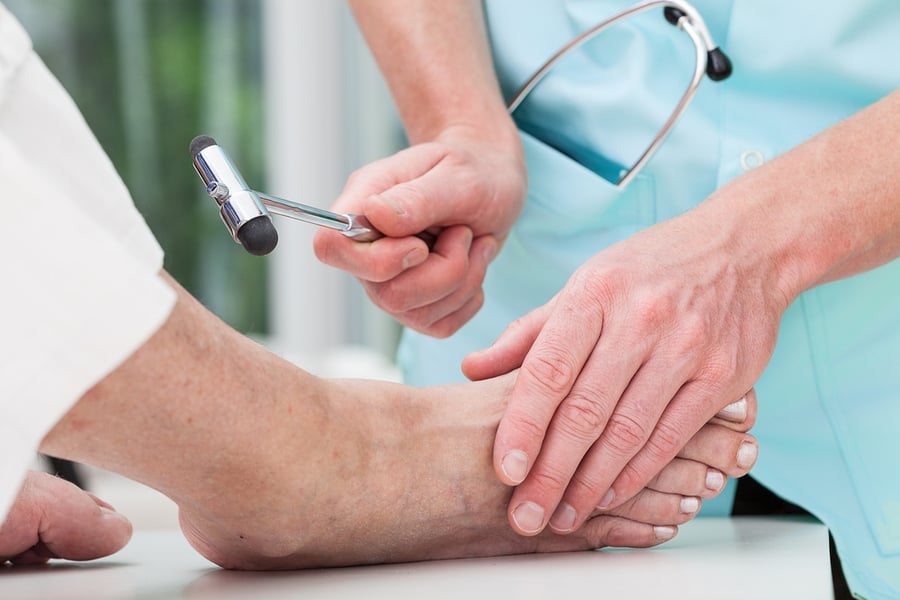
A bunion is a bony bump that forms due to movement of the bones in the foot, which causes them to overlap. As your large toe begins to turn in and push against the next toe, the joint on the outside of the big toe is pushed out and becomes more prominent. Not only can bunions cause pain, but they can also become so large that it is difficult to find shoes that are comfortable to wear.
Causes of Bunions
While the exact cause of bunions is unknown, there are factors that have been linked with a higher incident rate of bunions. Bunions have been associated with inherited foot shapes, foot injuries, birth deformities and poorly fitting shoes. While bunions being caused by ill-fitting shoes is debated by many doctors, some believe that shoes that are too tight or high-heeled can cause bunion development. It is believed that years of abnormal positions, motion and pressure force the big toe to turn inward, leading to the joint protruding.
Correlations have shown that people who are at higher risks are those with rheumatoid arthritis and hereditary links, and people who regularly wear improperly fitted or high-heeled shoes for long lengths of time. It has also been found that those with stiffer or tighter joints are more likely to develop bunions while those whose joints remain flexible are less affected.
Signs and Symptoms
The big toe is responsible for bearing most of the weight of your body while walking, so most of the symptoms linked to bunions are related to this constant pressure on the affected area. Symptoms of bunions can include:
- A bulge or bump located on the outside of your big toe
- Swelling around the joint in your big toe
- Redness and soreness in the area
- Chronic or intermittent pain in your toes and foot
- Limited movement of your big toe
Why Should You Monitor a Bunion Closely?
While bunions often cause no complications other than pain and discomfort, untreated bunions can lead to more problematic complications:
- Bursitis — Bursitis occurs when the pads that protect and cushion your feet and tendons become inflamed, causing severe pain
- Metatarsalgia — Bunions can lead to painful inflammation in the ball of your foot called metatarsalgia
- Hammertoe — This can occur when shifting bones cause an abnormal bend in the middle joint of one or more toes, leading to pain and pressure
Can You Get Rid of Bunions?
The good news is there are ways to treat bunions or alleviate the symptoms caused by them. The least invasive way to treat your bunion is to wear comfortable shoes that have additional padding or inserts to cushion the area. For flare-ups, you can try splinting, applying ice and using over-the-counter pain relievers.
If your bunions begin to cause complications or hinder your daily living, there are surgical options, which include removing the swollen tissue or realigning or resetting the joints to put the toe back in the original position.
If you see the signs of a bunion forming, don't hesitate to talk to your foot specialist to find out which treatment options will best work for you to prevent complications later.






